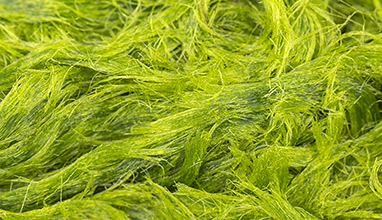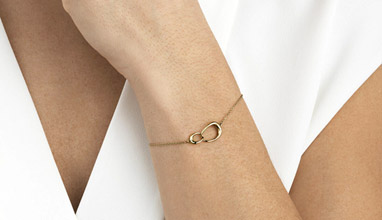Vegan Clothing Substitutes for Animal Products
Going vegan is becoming more popular, and with the rise of veganism starting as a commitment to simply avoiding animal products in your food can expand into a commitment to avoid exploiting animals in any way: including in the production of your clothing.
We need clothes, and we want our clothes to look good and fit well. What vegan substitutes are there for traditional, animal-based clothing materials?
Leather
Traditional leather is made from the skin of cows, lambs, and other animals. There was a time in human history when leather was a crucial fabric for strength and protection, but those times are long gone. Modern leather is not only unnecessary, but the production can be cruel and is frequently toxic.
Instead of leather, look for belts, shoes, and jacket made of a leather substitute. Faux leather is a type of substitute made from plastics or by laying plastic over fabric. These can be made to feel very luxurious and nearly indistinguishable from leather. Suede microfiber is another high-quality and popular choice.
Ocean leather is a material that looks and feels just like leather but is made from kelp, while cork leather is made from the bark of oaks. Cork leather works particularly well in shoes and is an entirely sustainable resource.

Wool
As with leather, there was once a time when wool was essential to the survival of people living in cold climates. Today, we have many excellent substitutes for wool that can keep you warm, dry, and stylish.
Wool has fewer substitutes than leather, in part because we demand a lot more from these fabrics. Substitutes have to be high-performance, man-made fabrics, and some of the leaders in this field are big names in cold weather gear like Patagonia and the North Face.
Instead of wool, look for vegan clothes in woven cotton and cotton flannel, fleece, and Tencel. Tencel is very durable and performs well. Polartec is another insulating material made from recycled plastic that is moisture-wicking and has four times the wind resistance that wool enjoys.
Down and feathers
Down refers specifically to the breast feathers of ducks and chickens. These feathers are the softest and most insulating, and they were once highly valued as a material for creating warm clothing and blankets.
Today, we find the process of harvesting these feathers not only cruel and unnecessary to the birds, but even unhelpful for us. There are lots of people who are allergic to down, after all.
Instead of down, look for items stuffed with doonas. Doonas is a synthetic material that has the same light weight and high loft that feathers provide. Not only is it produced without harming any animals, but it’s also hypo-allergenic, insulating, and much easier to clean than feathers.
Silk
Silk is produced by the silkworm caterpillar and was originally a product found only in China. In ancient times, China was renowned for its fine silks, and silk is a lightweight, breathable fabric. The problem is that every pound of silk produced requires the death of approximately 3,000 caterpillars.
The difficulty with silk is replicating the lightweight nature of the fabric while still capturing its unique temperature adaptability. Until recently, there has been no precise substitute. Rayon and nylon can be woven in ways that mimic the look and feel of silk, but they don’t breathe and can be very hot without being insulating.
But a new fabric is making waves in the vegan community. Known as cupro, it is a fiber made from cotton linter. Like silk it is soft, temperature adaptable, and enjoyable to wear. It is also far easier to wash.
There are plenty of cruelty-free substitutes for traditional clothing materials. All it takes is the will to find them.
Hits: 11911 | Leave a comment
Tags:vegan clothing, wool, silk, down, fabrics, sustainability, feather, high-performance, man-made fabrics, plastic, leather


















